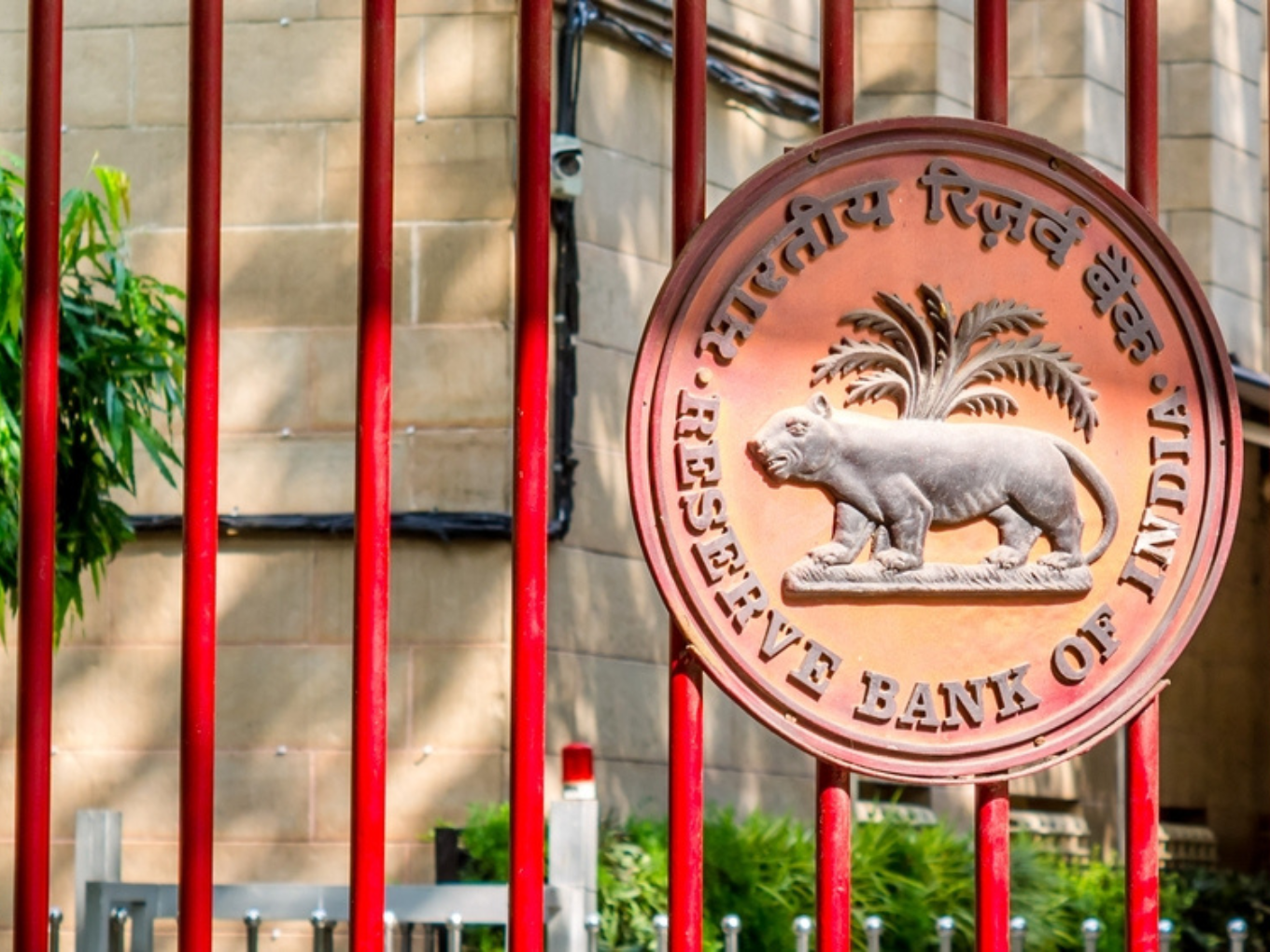RBI Releases Draft Guidelines For Digital Lending Service Providers

In a bid to further regulate the digital lending ecosystem in India, the Reserve Bank of India (RBI) on Friday (April 26) released a draft framework to oversee aggregation of loan products by lending service providers (LSPs).
The central bank has sought feedback on the draft regulatory framework till May 31, 2024.
Citing the rationale for the new framework, the RBI said that it aims to ensure that the borrowers have prior information about the potential lenders in order to make an informed decision.
Under the draft guidelines, ‘Digital Lending – Transparency in Aggregation of Loan Products from Multiple Lenders’, the RBI has asked the regulated entities (RE) to ensure the following points:
- LSPs will have to provide an accurate picture of all the loan offers available to borrowers from all the willing lenders with whom the LSPs have arrangements
- LSPs may adopt any mechanism to ascertain the willingness of the lenders to offer a loan but will have to follow a consistent approach in this regard, which will need to be disclosed suitably on their website
- LSPs will have to provide all key information, like the names of the REs extending the loan offer, amount and tenor of loan, annual percentage rate (APR) and other key terms which will enable the borrower to make a fair comparison between various offers
- The content displayed by LSPs has to be unbiased and should not directly/ indirectly promote a particular RE, including by use of any practices or deceptive patterns like using dark patterns
The central bank defines an LSP as an agent of an RE that carries out one or more functions of the lender, including customer acquisition, underwriting support, pricing support, servicing, monitoring, and loan recovery on behalf of the RE.
In simple terms, LSPs are loan aggregators such as Paisabazaar, BankBazaar, CreditMantri, and Paytm, which provide loans from their partner REs such as banks and non-banking financial companies (NBFCs).
The new framework comes almost four months after the RBI first said it would come out with guidelines for the loan aggregation services offered by LSPs.
The move is part of the RBI’s efforts to regulate the fast-growing digital lending space in the country. In 2022, the central bank came out with digital lending guidelines to curb the rise of illegal lending apps, many of which allegedly charge exorbitant interest rates and harass borrowers.
Cognisant of these mushrooming platforms, the Ministry of Electronics and Information Technology (MeitY) also directed internet service providers (ISPs) and Google to block access to as many as 94 online lending apps in February last year.
Subsequently, authorities also roped in Google to crack the whip on the distribution of such apps via Play Store. As a result, the tech giant said that it removed 2,500 fraudulent lending apps from its app marketplace in December 2023.
As part of its crackdown on illegal digital lending platforms, the RBI, in February, was also said to be mulling establishing a public register of whitelisted lending apps to steer users away from such apps.
Amid all these, the Indian digital consumer lending market continues to flourish. It is projected to surpass the $720 Bn mark by 2030, representing nearly 55% of the total over $1.3 Tn digital lending market opportunity in the country.
The post RBI Releases Draft Guidelines For Digital Lending Service Providers appeared first on Inc42 Media.
No comments